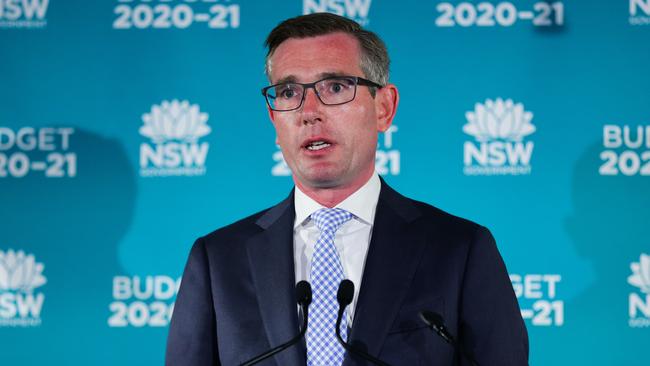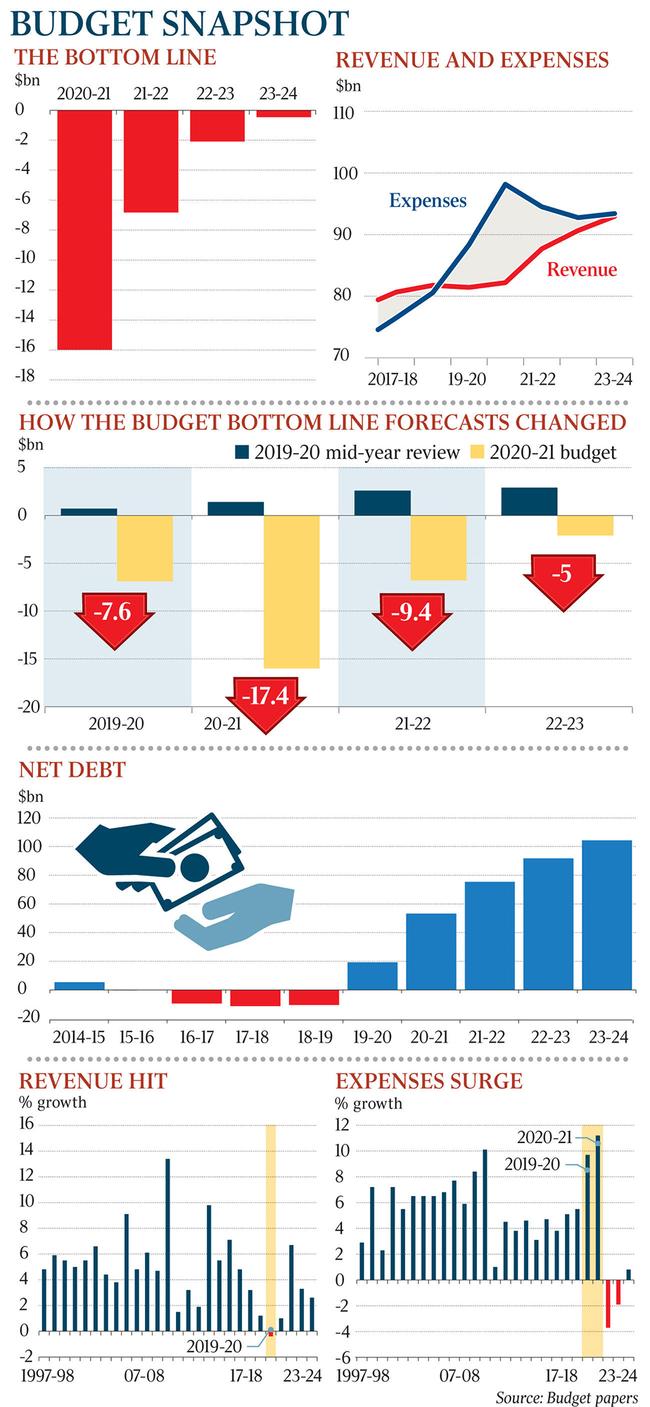NSW budget: Property tax stamped to aid home buyers
Home buyers in NSW could soon choose whether to pay stamp duty or a much lower annual ‘property tax’ as part of a radical tax reform.

Home buyers in NSW could soon choose whether to pay stamp duty or a much lower annual “property tax” as part of a radical tax reform that the state government says would boost economic growth by $11bn over four years and make homes cheaper.
Stopping short of naming a start date, the Treasury has released a “reform framework” that would see buyers of 80 per cent of residential properties eligible to “opt in” to an annual property tax that would “consist of a fixed amount plus a rate applied to the property’s unimproved land value”.
“Once a property is subject to the property tax, subsequent owners must pay the property tax,” the budget papers said.
“A hardship scheme would … ensure that no one facing hardship needs to sell their home to meet property tax liabilities,” they added.
Replacing stamp duty with a tax based on the value of land is widely considered to be among the most economically beneficial reforms, one advocated by every review of taxation since the 1970s, including most recently the NSW government’s own Review of Federal Financial Relations.
“Our model would give NSW a realistic pathway to achieving the most important state economic reform of the last half-century,” said Treasurer Dominic Perrottet.
“Stamp duty is a relic of a bygone era when you picked one career, started a family, bought a home and basically settled in for life,” he added,
Mr Perrottet revealed the Treasury expected 50 per cent of properties would have opted in over the next 20 years.

Chief executive of Infrastructure Partnerships Australia, Adrian Dwyer, hailed “what should be an enduring legacy of positive tax reform for the people of NSW”.
“Sensible land tax reform has finally been pulled out of the too-hard basket and placed on the table for reasoned public debate,” he added.
Stamp duty is a volatile source of state government revenue and discourages owners from buying and selling properties, whereas taxes on unimproved land value are relatively stable and encourages owners to develop their land.
“The proposed changes would also place downward pressure on home prices over the longer term,” the Treasury said.
Home ownership among 35 to 44 year olds has declined by 14 per cent over the past 24 years.
It takes buyers 2.5 years to save for stamp duty, which adds about $34,000 to the upfront cost of buying a typical NSW home, compared to one year in 1990, the Treasury said.
“Stamp duty is a big tax that is no longer serving the people or economy of NSW,” the state Treasury said, estimating employment would be 1.4 per cent higher than it otherwise would be four years after the reform.
Stamp duty, paid upfront by property buyers, was introduced in 1865 in NSW and is levied as a percentage of the sale price.
Economists debate how much of stamp duty is in practice paid to sellers via a lower sale price, given the tax constrains buying power.
The Henry review of taxation concluded stamp duty was the most economically damaging of all taxes levied by Australian governments.




To join the conversation, please log in. Don't have an account? Register
Join the conversation, you are commenting as Logout